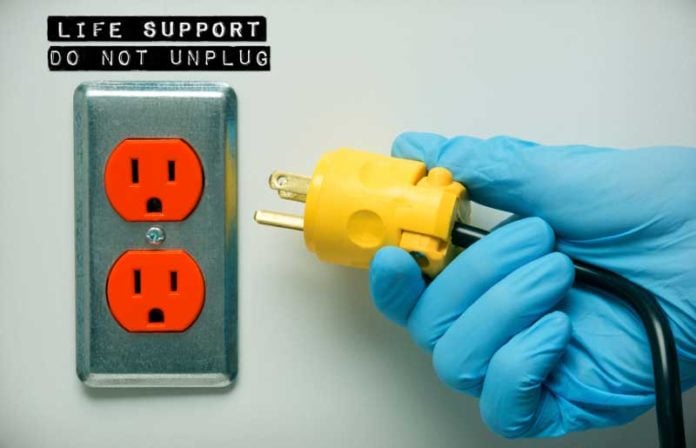When 29-year-old brain cancer patient Brittany Maynard died last November in Portland, Oregon it wasn’t natural. Rather, Ms. Maynard took her own life with the help of a doctor under Oregon’s nice sounding “Death with Dignity” law passed in 1997.
Ms. Maynard gained rock star status with the “right to die” movement after a series of print and television interviews leading up to her demise – including the cover of People magazine – all paid for and promoted by Compassion & Choices, a pro-death group funded by liberal billionaire George Soros out of the now disbanded Hemlock Society.
Wesley J. Smith, senior fellow at the Discovery Institute and a euthanasia opponent, said the publicity campaign was organized and funded with Soros money – all to jumpstart the “right to die” industry that has stalled a number of state legislatures in recent years.
Specifically, the campaign coincided with the introduction of “the California End of Life Option Act, modeled after Oregon’s 1994 law allowing doctors to aid terminally ill adults who want to end their lives” writes Valerie Richardson for The Washington Times.
George Eighmey, a former Oregon state legislator who serves as vice president of the Death with Dignity National Center in Portland, Oregon said his organization has a goal of enacting “right to die” laws in 10 states within 10 years – a goal he describes with the catchy phrase “10 in 10”
Other states in Mr. Eighmey’s crosshairs include Colorado, Connecticut, Delaware, Missouri and New Jersey (which passed similar legislation through the state assembly last November. The District of Columbia City Council is considering a “death with dignity” proposal introduced in recent weeks.
Only two other states have similar “right to die” statutes on the books – the 2008 voter approved law in Washington and Vermont which enacted the “Patient Choice and Control at End of Life Act” in 2013. Massachusetts voters defeated a “death with dignity” initiative by are razor thin vote of 51 percent to 49 percent in 2012. High courts in Montana and New Mexico have ruled that physicians may prescribe lethal drugs to the competent terminally ill.
Mr. Eighmey likened the lobbying push to other social movements in recent years.
“It’s sort of like the other social movements that are out there — the gay rights movement, the legalizing marijuana movement. All those things get to a critical mass and once they get to that critical mass, you start seeing other states get on board very quickly,” said Mr. Eighmey who is front and center in the California legislative effort.
Smith countered with this observation:
“Let’s think about this for a second: There have been over 700 assisted suicides in Oregon, and not one of them got this kind of attention. What you have is a movement that looks around for just the right kind of emotional kick”… “You don’t get this kind of international, high-profile media by accident.”
Some say there is a darker motive behind the “Right to Die” legislative drive – and it goes to the heart of the ObamaCare economic model. Beginning with the HillaryCare working group during President Bill Clinton’s first term in office, researchers were tasked with determining how much health care an average person will use in the last year of life divided by all the health care is consumed during their entire life. The answer was roughly one-half.
It stands to reason that if the government empowers “death panels” with the ability to pick winners and losers as it relates to health care access, cutting off older, sicker, handicapped or disabled patients from care makes the best sense economically – thinking anchored in the idea that dead patients do not consume health care dollars. If these classes of people can be pressured into making the “end of life” decision themselves, there will be no blood on ObamaCare’s hands.






























